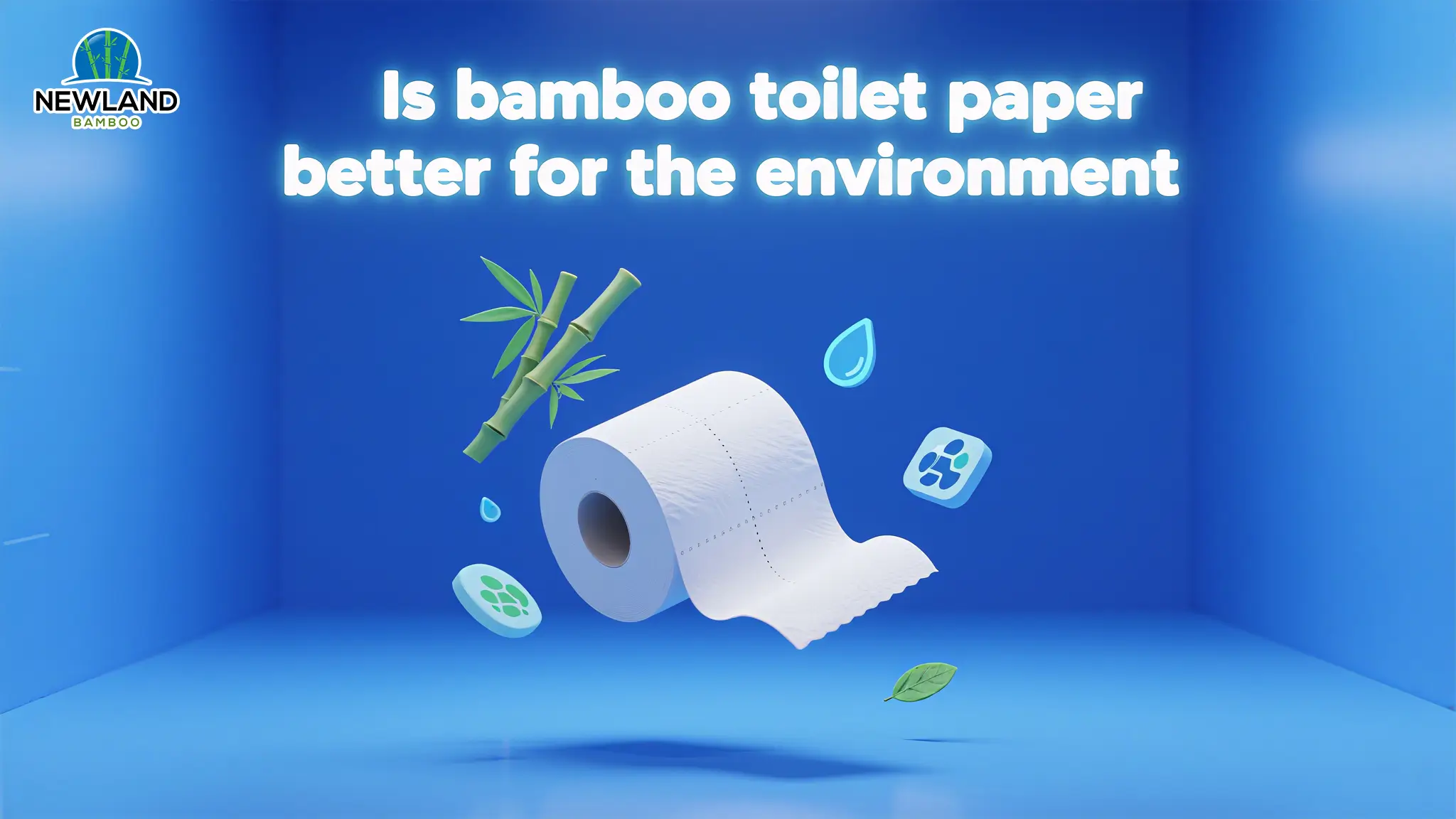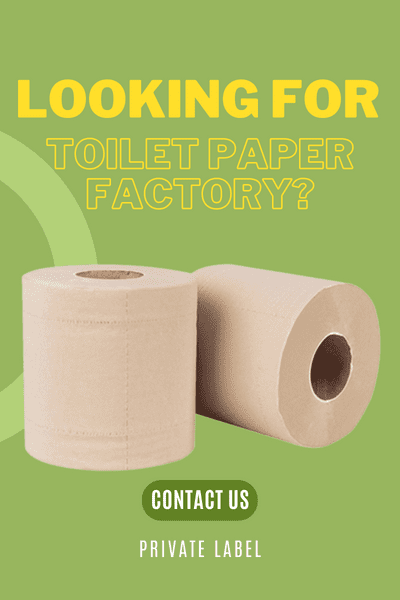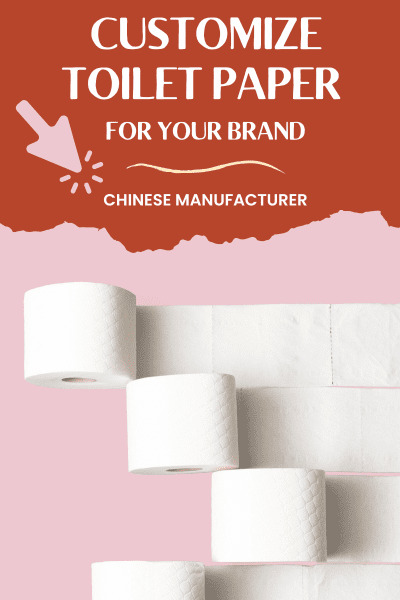Understanding the Environmental Impact of Toilet Paper Production
Traditional Toilet Paper: A Strain on Our Forests
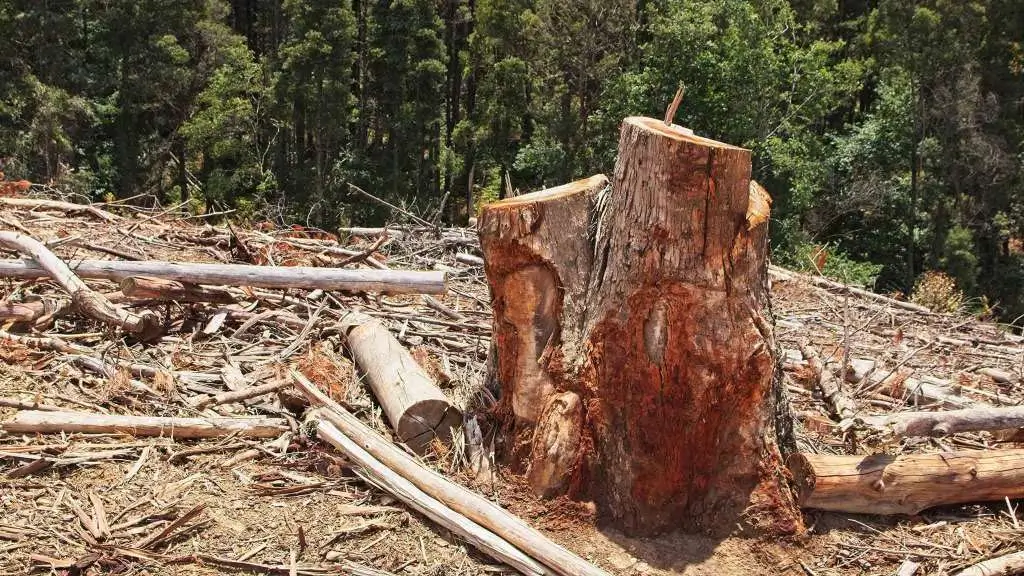
Traditional toilet paper is primarily made from virgin wood pulp, which contributes to deforestation and habitat destruction. The production process involves cutting down trees, which play a crucial role in absorbing carbon dioxide and maintaining biodiversity. According to a study, about 27,000 trees are cut down daily to meet global toilet paper demand. This staggering number underscores the need for alternative solutions.
Harmful Chemicals Used in Regular Toilet Paper Production
The conventional toilet paper manufacturing process often involves harmful chemicals such as chlorine and bleach. These chemicals can pollute water sources and harm aquatic life. They also create hazardous byproducts that are challenging to dispose of safely. In contrast, bamboo toilet paper production requires less water and fewer chemicals, making it a safer option for both humans and the environment.
Water and Carbon Footprint: Bamboo vs Traditional Toilet Paper
- Water Consumption: Producing one ton of conventional toilet paper typically requires around 100,000 liters of water, while bamboo toilet paper production uses less than 30,000 liters, significantly reducing water dependency.
- Carbon Emissions: According to the U.S. Environmental Protection Agency (EPA), producing bamboo toilet paper can result in up to 30% lower carbon emissions compared to traditional toilet paper.
- Resource Efficiency: Approximately 17 mature trees are cut down to produce one ton of traditional toilet paper, whereas bamboo, being a rapidly renewable resource, requires no deforestation.
Comparison Table
| Environmental Factor | 竹卫生纸 | Traditional Toilet Paper |
|---|---|---|
| Water Consumption | Low (30,000 liters/ton) | High (100,000 liters/ton) |
| Carbon Emissions | Low (30% reduction) | 高 |
| Trees Cut (per ton) | None (Rapidly renewable) | 17 mature trees |
Why Bamboo Toilet Paper is a Sustainable Choice
Bamboo: A Rapidly Renewable Resource
Bamboo is not only the fastest-growing plant on the planet, but it also regenerates from its own roots, meaning there’s no need for replanting. Some bamboo species can grow up to 35 inches per day, making it a highly renewable resource compared to trees, which can take decades to mature. This rapid growth rate means less land and fewer resources are required for bamboo cultivation.
Eco-Friendly Production Process

The production of bamboo toilet paper involves breaking down bamboo stalks into fibers, which are then turned into pulp and processed into toilet paper. This process is more eco-friendly than traditional methods, as it uses fewer chemicals and less water. Additionally, bamboo’s natural resistance to pests means that it requires fewer pesticides, further reducing its environmental impact.
Bamboo Toilet Paper: Eco-Friendly Production Process Explained
To better understand the eco-friendly nature of bamboo toilet paper, here’s a brief overview of its production process:
- Harvesting and Initial Processing: Mature bamboo stalks are harvested sustainably, removing leaves and branches while leaving the core stalk for pulp production.
- Crushing and Pulping: Bamboo stalks are mechanically shredded and treated gently with minimal chemicals or bio-based methods, separating fibers into pulp.
- Bleaching (Chlorine-Free Process): Bamboo pulp is processed using chlorine-free methods such as oxygen or hydrogen peroxide bleaching, significantly minimizing chemical pollution.
- Paper Formation and Drying: The processed bamboo pulp is formed into paper sheets through pressing and drying, converting pulp into usable toilet paper.
- Eco-Friendly Packaging: The finished product is packaged using compostable or recyclable materials, further reducing environmental impact.
Bamboo vs. Regular and Recycled Toilet Paper
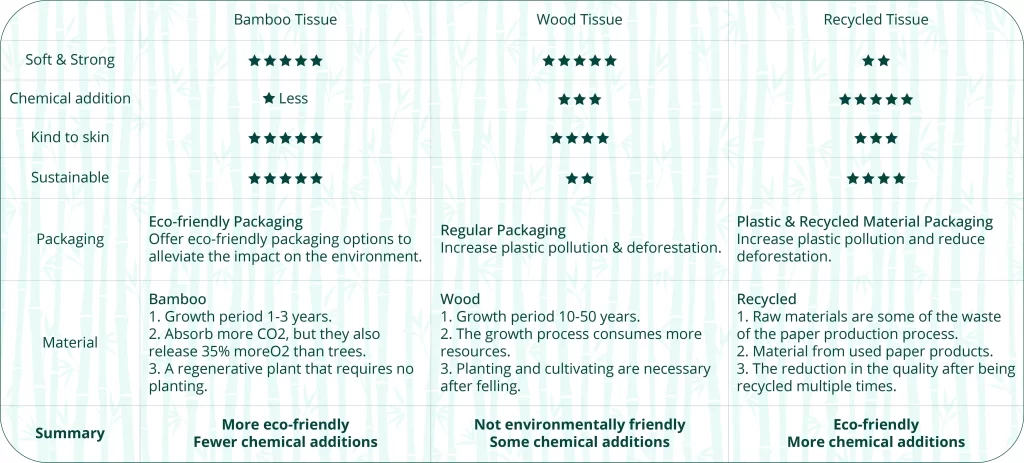
Bamboo vs. Regular Toilet Paper
Bamboo toilet paper is made from a renewable resource that grows quickly and requires fewer chemicals. Traditional toilet paper, on the other hand, uses slow-growing trees like hardwoods, contributing to deforestation. Bamboo toilet paper also biodegrades faster than regular toilet paper, reducing landfill waste.
Bamboo vs. Recycled Toilet Paper
While recycled toilet paper repurposes paper products, it still originates from trees. Bamboo toilet paper, being tree-free, is inherently more sustainable. Additionally, recycled toilet paper may contain BPA, a chemical that can be harmful to both humans and aquatic life. Bamboo toilet paper, free from such chemicals, offers a safer alternative.
Advantages of Bamboo as a Sustainable Resource
Natural Antibacterial Properties
Bamboo has natural antibacterial properties, making it ideal for hygiene products like toilet paper. This feature not only provides a cleaner option for personal care but also promotes a healthier environment.
Septic and Plumbing Safety
Bamboo toilet paper is designed to break down quickly and dissolve more easily than conventional toilet paper, reducing the risk of clogs and buildup in pipes and septic systems. Its natural composition, free from harsh chemicals, means it is less likely to disrupt the microbial balance in septic systems.
Addressing Potential Disadvantages
Cost Considerations
One potential disadvantage of bamboo toilet paper is its cost. Due to the current scale of production and sustainable farming practices, it can be more expensive than traditional toilet paper. However, as demand increases and production scales up, prices are likely to become more competitive.
Texture Differences
Some users might find that bamboo toilet paper has a different texture compared to what they are accustomed to. However, many brands have worked to make their products as soft and comfortable as possible, often surpassing the softness of conventional toilet paper.
Eco-Friendly Packaging Options
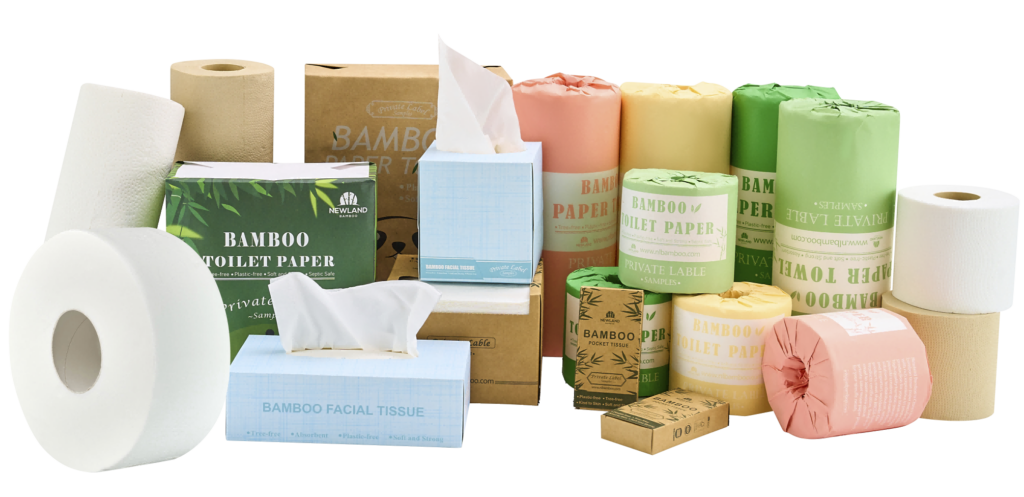
To enhance sustainability even further, consider bamboo toilet paper brands using environmentally friendly packaging solutions, such as:
- Biodegradable Bags: Packaging materials like PLA (polylactic acid) or PBAT (polybutylene adipate terephthalate), which fully degrade in compost conditions.
- Recycled Paper Packaging: Boxes or wrapping materials made from 100% recycled paper, fully recyclable or reusable.
- Plastic-Free Packaging: Completely avoiding plastic packaging materials, demonstrating a genuine commitment to environmental responsibility.
Making an Informed Choice
Understanding Eco-Friendly Certifications
- FSC Certification (Forest Stewardship Council): FSC certification guarantees that bamboo is harvested from responsibly managed forests, ensuring ecological balance and social responsibility throughout the sourcing and production process.
- BPI Certification (Biodegradable Products Institute): BPI certification ensures that bamboo toilet paper fully biodegrades under composting conditions without leaving harmful residues, making it an excellent choice for consumers committed to sustainability.
Certifications and Quality Checks
When purchasing bamboo toilet paper, it’s essential to look for certifications such as FSC (Forest Stewardship Council) to ensure responsible sourcing. Quality checks ensure that only the best products reach consumers, offering superior absorption and ease of use.
Embracing Sustainable Practices
Switching to bamboo toilet paper is a small yet impactful step towards a more sustainable lifestyle. By choosing products that support the environment from creation to disposal, we can contribute to preserving our planet’s natural resources for future generations.
Conclusion
In conclusion, bamboo toilet paper offers a sustainable alternative to traditional toilet paper, with numerous environmental benefits. Its rapid growth, eco-friendly production process, and biodegradability make it an excellent choice for environmentally conscious consumers. While it may have some cost and texture differences, the advantages far outweigh the potential drawbacks. By making the switch to bamboo toilet paper, we can reduce deforestation, lower our carbon footprint, and support eco-friendly practices. So, is bamboo toilet paper better for the environment? The answer is a resounding yes. Make the switch today and contribute to a greener tomorrow.
常见问题
-
竹卫生纸可以生物降解吗?
Yes, bamboo toilet paper is highly biodegradable and breaks down faster than traditional toilet paper, making it an eco-friendly choice.
-
Does bamboo toilet paper dissolve easily in water?
Yes, bamboo toilet paper dissolves easily, making it safe for septic systems and plumbing.
-
竹卫生纸是如何制成的?
Bamboo toilet paper is made by harvesting bamboo stalks, converting them into pulp, and processing it into paper, using fewer chemicals and less water compared to traditional methods.
-
What makes bamboo toilet paper sustainable?
Its rapid growth rate, minimal resource use, biodegradability, and low chemical requirement make bamboo toilet paper a highly sustainable option.
-
Is bamboo toilet paper septic safe?
Absolutely. Its quick-dissolving properties prevent clogs and are beneficial for septic system health.

